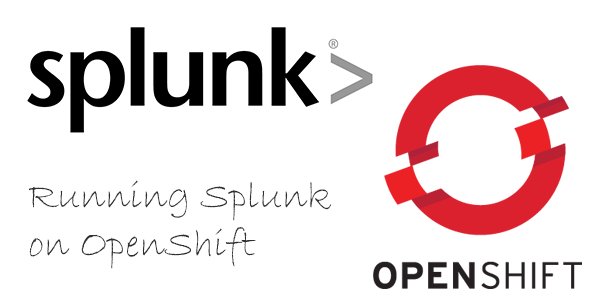In today’s data-driven world, businesses are collecting vast amounts of information, but often find themselves drowning in data without truly understanding its potential. This is where “Splunk” comes to the rescue. Splunk is a powerful platform that helps organizations turn their raw data into actionable insights. With the right knowledge and tools, you can embark on a journey to data enlightenment by “Splunking” your way through the vast ocean of data.
What is Splunk?
Splunk is a data analysis and visualization tool designed to help organizations make sense of their machine-generated data. It is known for its versatility and ability to work with a wide range of data types. Whether you want to analyze logs, monitor network traffic, or gain insights from any other data source, Splunk provides you with the necessary tools to extract valuable information.
The Four Pillars of Splunking:
- Collect: The first step in Splunking your way to data enlightenment is data collection. Splunk offers various methods to gather data, from simple file uploads to real-time data streaming. You can collect data from servers, devices, applications, and more. The key is to gather as much relevant data as possible.
- Index: Once data is collected, it needs to be indexed. Splunk transforms your data into a format that makes it easily searchable and retrievable. The indexed data can be structured or unstructured, and this process is what enables you to search, analyze, and visualize your data effectively.
- Search: Searching is where the magic of Splunk truly happens. The platform provides a powerful search language that allows you to filter, aggregate, and correlate your data. You can run complex queries to extract valuable insights, detect anomalies, and find trends within your data.
- Visualize: Data visualization is crucial for understanding complex data sets quickly. Splunk offers a wide range of visualization options, including charts, graphs, and dashboards, to help you present your findings in a clear and meaningful way. Visualization can provide a bird’s eye view of your data and help you spot patterns and trends easily.
Benefits of Splunking:
Splunk offers numerous advantages for those on the quest for data enlightenment:
- Actionable Insights: Splunk enables you to uncover insights that were previously hidden in your data, allowing you to make data-driven decisions.
- Real-time Monitoring: You can monitor your data in real-time, helping you detect and respond to issues or opportunities as they arise.
- Improved Security: Splunk can be used for security information and event management (SIEM), helping organizations detect and respond to security threats effectively.
- Operational Efficiency: By analyzing data, organizations can optimize processes, improve resource allocation, and reduce downtime.
- Scalability: Splunk is designed to scale with your organization’s needs, making it a suitable choice for businesses of all sizes.
Use Cases for Data Enlightenment:
- IT Operations: Splunk can help IT teams monitor servers, troubleshoot issues, and ensure system stability.
- Security: Detect and respond to security threats and vulnerabilities in real-time.
- Business Intelligence: Gain insights into customer behavior, market trends, and operational efficiency.
- IoT and Industrial Data: Analyze sensor data for predictive maintenance and process optimization.
- Compliance and Auditing: Ensure compliance with industry regulations by tracking and reporting on data.
